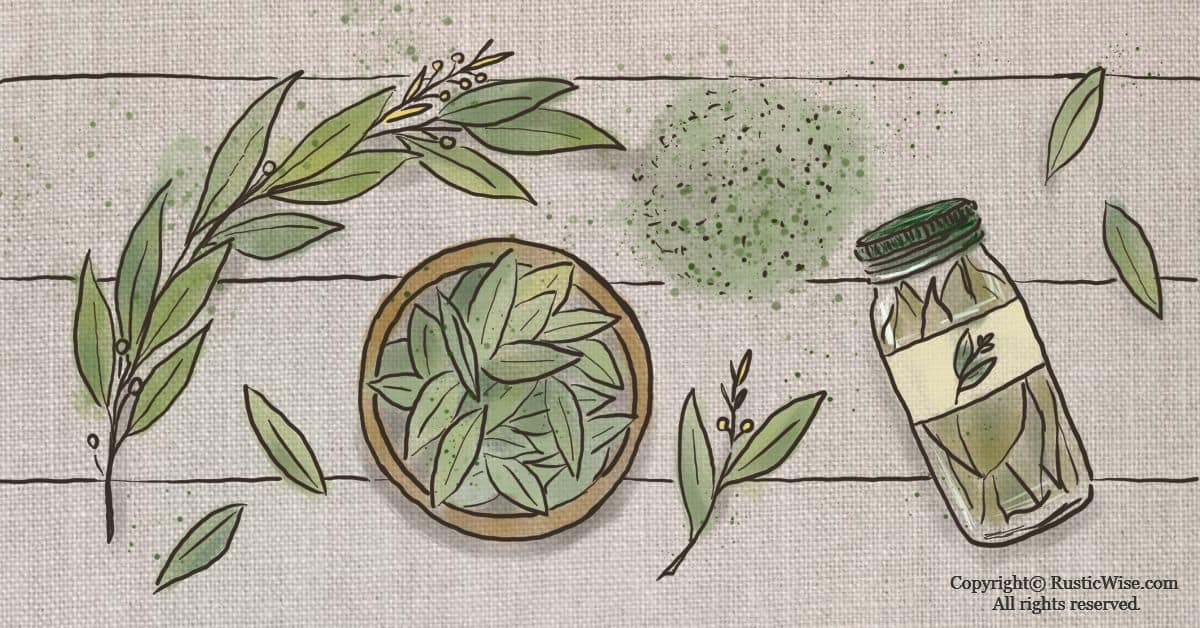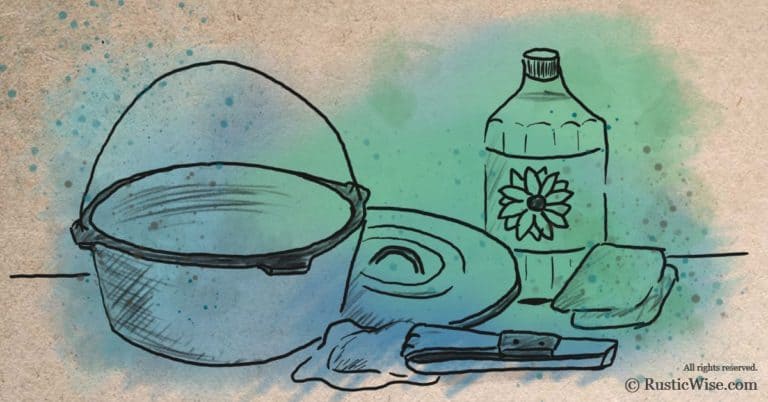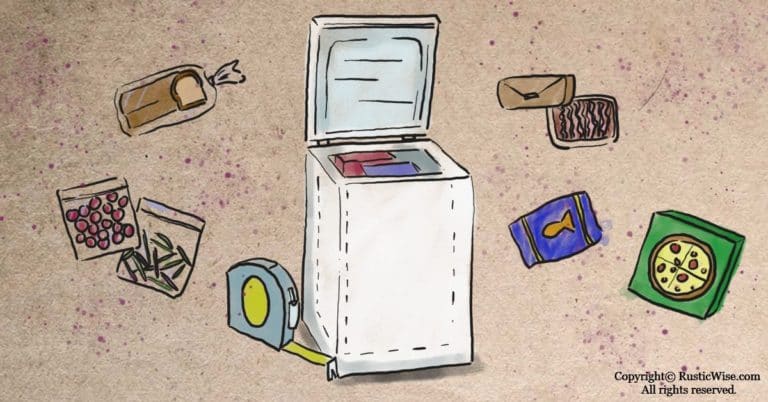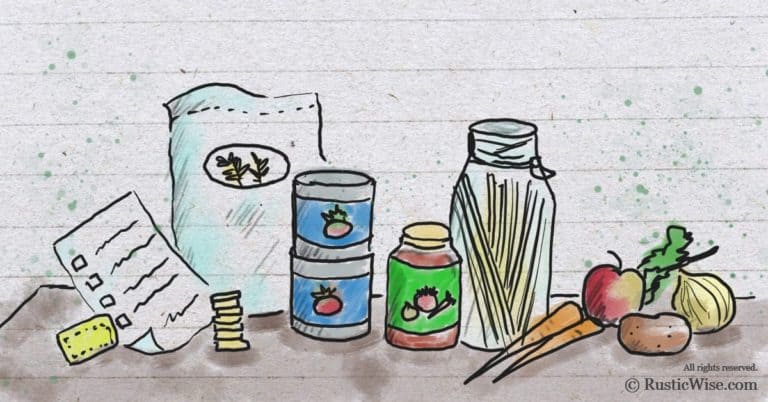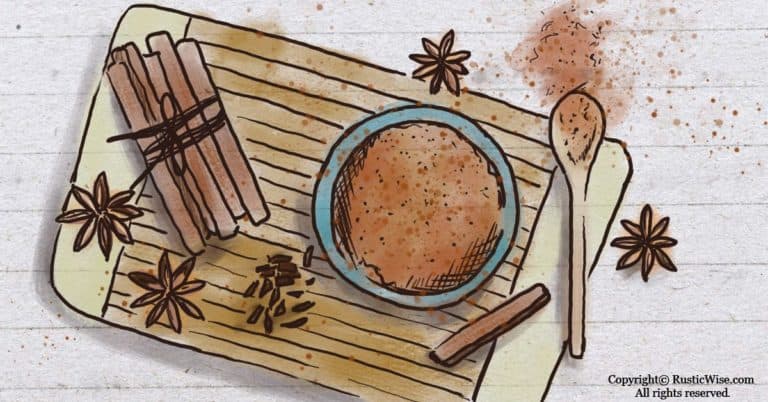The Shelf Life of Bay Leaves and Why You’re Probably Storing Them Improperly
The shelf life of bay leaves is greatly dependent on proper storage. If you’re like me, you’ve probably been storing them at room temperature in your cupboard or pantry. It turns out this isn’t the best storage method. The best way to prolong the shelf life of bay leaves is to store them in your freezer.
Bay leaves come from a variety of different plants including the bay laurel tree, California bay, and the Indian bay tree to name just a few. While bay leaves are not meant to be eaten (they should be removed from a dish before serving it), bay leaves add aroma, depth, and an earthy, herbal flavor to savory dishes like soups, stews, and roasted chicken. I also like to throw in a few bay leaves to add extra flavor to my chili.
As bay leaves are a handy herb to have around the kitchen, it’s important to have the proper storage conditions to ensure the best quality. Let’s have a look at bay leaf shelf life and how you can extend it.
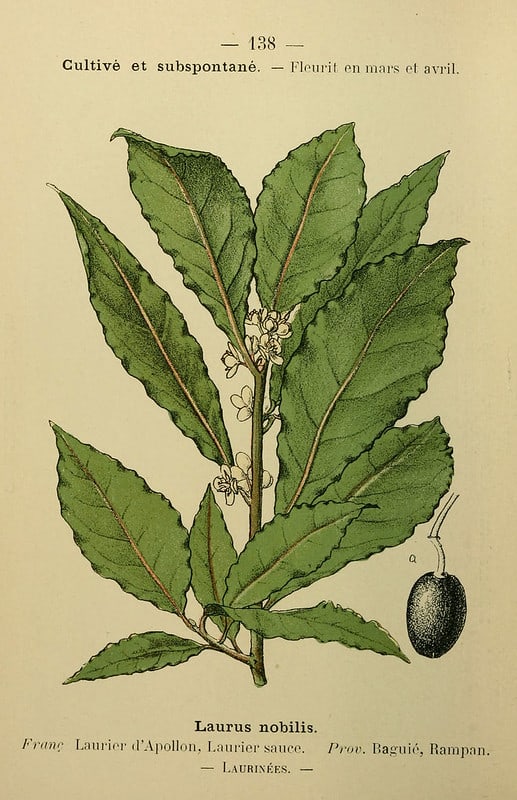
Credit: Biodiversity Heritage Library / Flickr, n287_w1150
The shelf life of bay leaves
You can buy fresh bay leaves, but most people buy them in dried form (either whole or ground). The shelf life of bay leaves really depends on its storage conditions.
As bay leaves are a herb, they have a slightly shorter shelf life than dried spices, such as black pepper.
Here’s a general guideline:
| Bay Leaf Form | Storage Time | Storage Temperature |
|---|---|---|
| Dried bay leaves | 1-3 years | Room temperature |
| Dried bay leaves | Several years | Freezer |
| Fresh bay leaves | Up to 2 weeks, but best used within 2-3 days | Refrigerated |
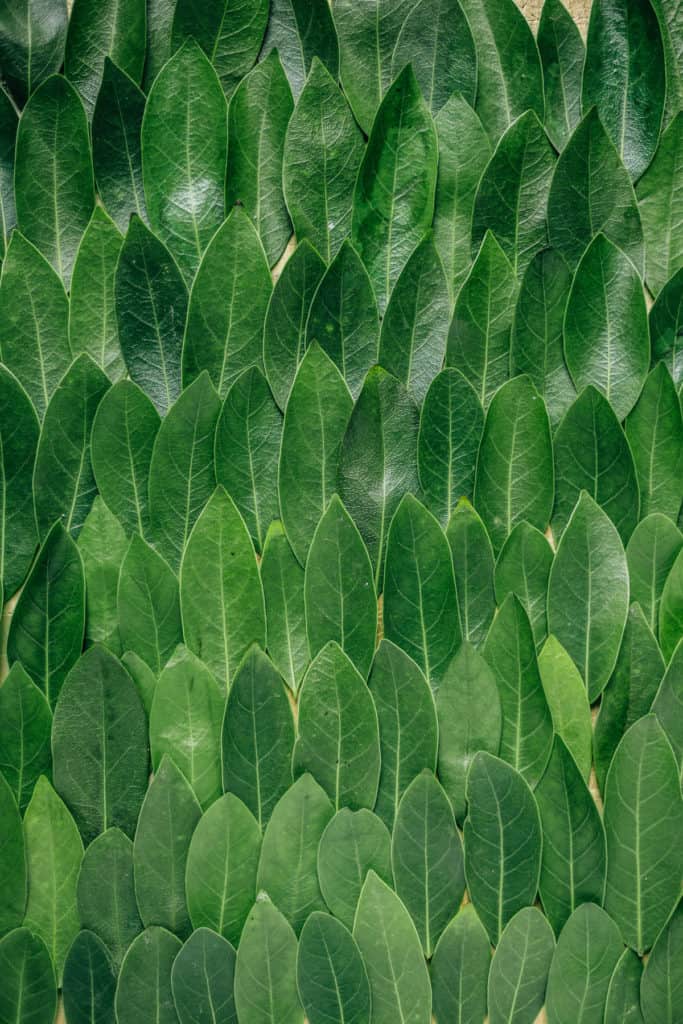
How to properly store dried bay leaves
You can find dried bay leaves in any grocery aisle with the other herbs and spices.
The secret to extending the shelf life of dried herbs and spices is to:
- Protect from light: Storing bay leaves in a dark cupboard, pantry, or freezer is ideal.
- Protect from moisture: Dried herbs and spices spoil at the first hint of moisture and condensation—keep in dry conditions.
- Protect from heat: If you’re keeping bay leaves at room temperature, avoid storing anywhere near the heat of the stove, oven, or dishwasher. It’s also important to not store anywhere on countertops where sunlight comes in contact.
- Keep it airtight: Glass or ceramic jars or stainless steel containers with tight-fitting lids are preferable to their plastic counterparts. Plastic tends to absorb odors. Glass, ceramic, or stainless steel containers have a tighter seal.
Surprisingly, the best place to store dried bay leaves is in the freezer. Keeping bay leaves cool helps preserve their volatile oils, aroma, and flavor.
If you happen to have a bulk container of dried bay leaves, don’t worry, you won’t need to cook soups and stews twice a day to use them up. Extend its shelf life by storing them in the freezer:
- Store bay leaves in airtight freezer-safe containers, or in sealed Ziploc bags.
- Keep an eye on the containers to see if condensation is forming. Condensation forms if containers or bags are frequently taken in and out of the freezer. Extend the shelf life of bay leaves by storing bay leaves in smaller, portion-sized bags or containers.
Tip: You don’t need to defrost frozen bay leaves before using. Just grab a few dried leaves and toss them into whatever’s cooking.
How to properly store fresh bay leaves
Some people prefer fresh bay leaves over dried leaves as they lend a milder flavor to dishes. Fresh bay leaves are not as easy to find. Some grocery stores may carry fresh bay leaves with other fresh herbs, or you might need to check out local farmer’s markets or specialty food stores.
When selecting fresh bay leaves, look for leaves with a slight sheen on top. The top part of the leaf should be dark green, while the underside is light green. The leaves should be pliable and not bend or break when twisted.
To properly store fresh bay leaves, wrap them in a slightly damp paper towel and place inside a plastic bag on the top shelf of your refrigerator. Why the top shelf? This is the warmest part of the fridge and fresh bay leaves are delicate.
Handle gently as bay leaves tend to bruise easily. Bay leaves turn yellow once they are exposed to ethylene which is why it’s important to keep them well-wrapped.
Tip: Try making your own dried bay leaves. Pluck fresh, clean bay leaves and allow them to air-dry. Store in an air-tight container in a dark, cool, dry place.
How to tell if bay leaves are bad
It’s easy to tell if fresh bay leaves are bad (they spoil like any other fresh herb), but what about dried bay leaves?
If you’ve purchased a large jar of bay leaves with a “best before” date on it, and it’s now well past the date, your bay leaves might still be good. The USDA states that shelf-stable foods with “best by” dates are just general guidelines put forth by the manufacturer as to how long the food is expected to last at their best quality. Shelf-stable foods past their expiry date are still safe to eat in most instances.
Unlike some dried herbs and spices, say like stale ground pepper that turns bitter, older dried bay leaves don’t taste bad. Instead, they just lose their aroma and intensity.
To counteract this loss of flavor, simply add a few more bay leaves to your dish than the recipe calls for.
However, use your judgment to determine if bay leaves need discarding. It’s time to toss dried bay leaves if:
- You see signs of moisture or mold
- Discoloration from green to gray
- Complete lack of aroma if the dried leaves are crushed
Save a few bay leaves to store in your pantry to keep the pests away
Bay leaves are handy for more than just adding complexity to a dish. Keep pantry pests such as weevils away by keeping a few dried bay leaves inside sealed containers of rice, pasta, or flour. There’s something about the aroma of bay leaves that pests dislike!
New to making soap? 🧼❓
👉We have a fantastic overview on the whole soapmaking process here: read our Timeless Guide To Soapmaking.
If you would like to see our soapmaking posts organized by topic type, see our Soapmaking Collection.
Would you like more timeless tips via email?
Fun tips to help you live an independent, self-sustaining lifestyle. Opt-out at any time.


References
- Infinite Herbs, Bay Leaf, https://www.infiniteherbs.com/product/bay-leaf/. Accessed November 2020.
- USDA, Shelf-Stable Food Safety, https://www.fsis.usda.gov/wps/portal/fsis/topics/food-safety-education/get-answers/food-safety-fact-sheets/safe-food-handling/shelf-stable-food-safety/. Accessed November 2020.

Author: Theresa Tesolin
Theresa is co-founder of RusticWise. She helps people unleash their inner DIY spirit by encouraging them to get dirty and make or grow something from scratch.

